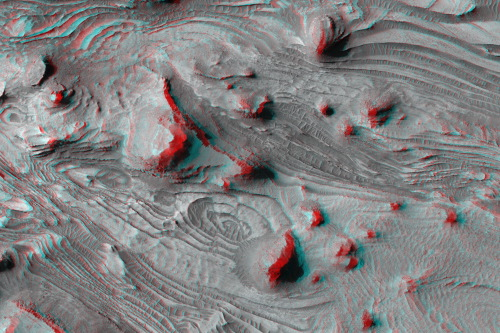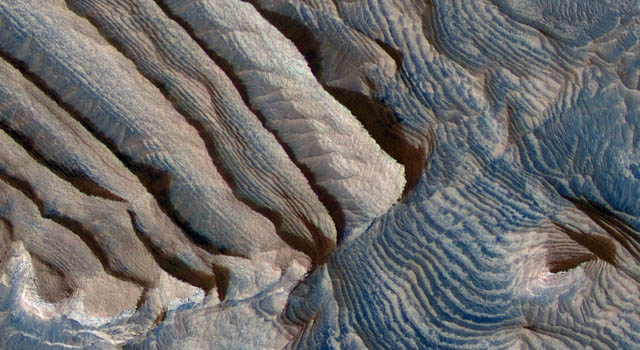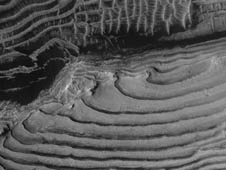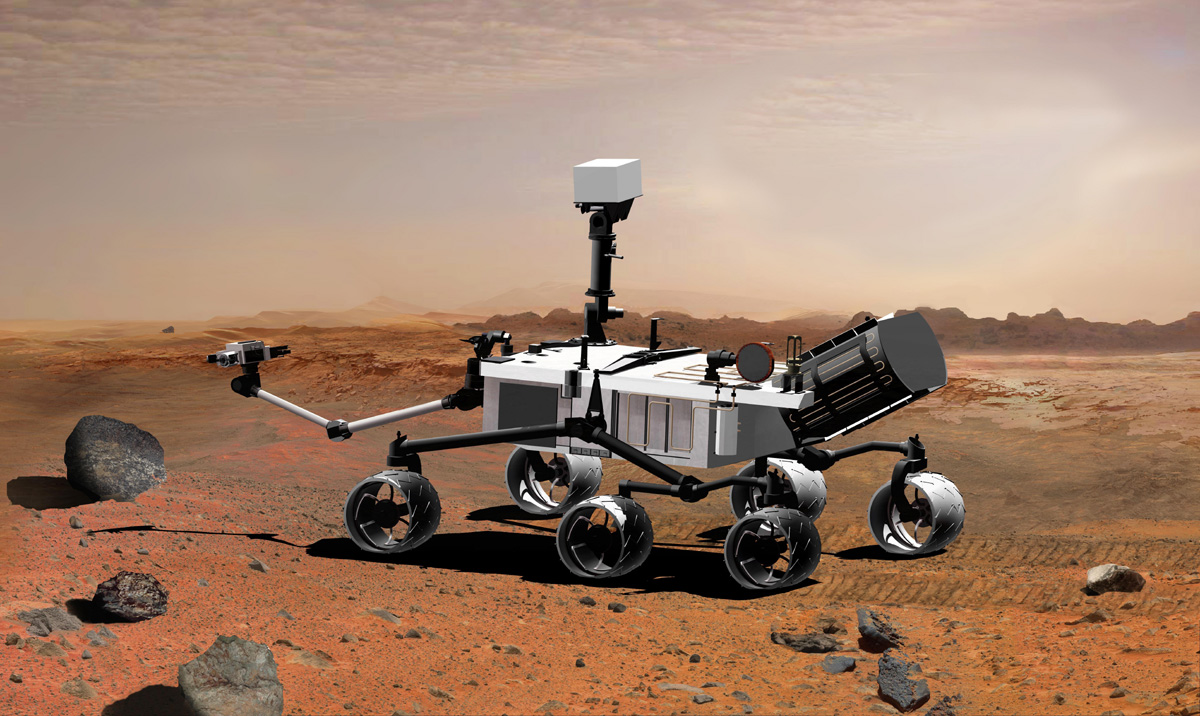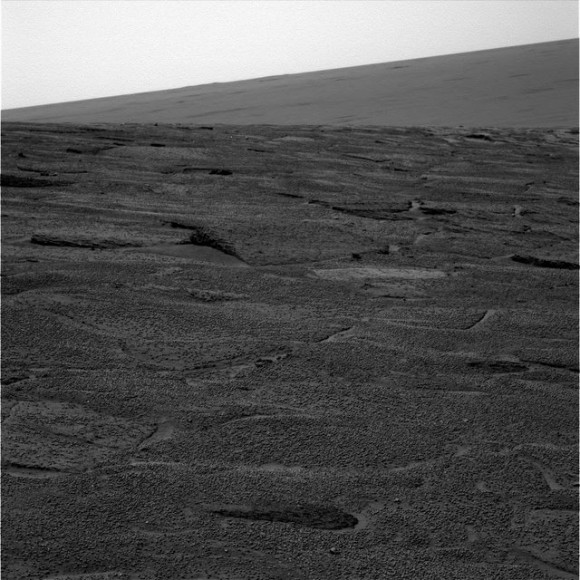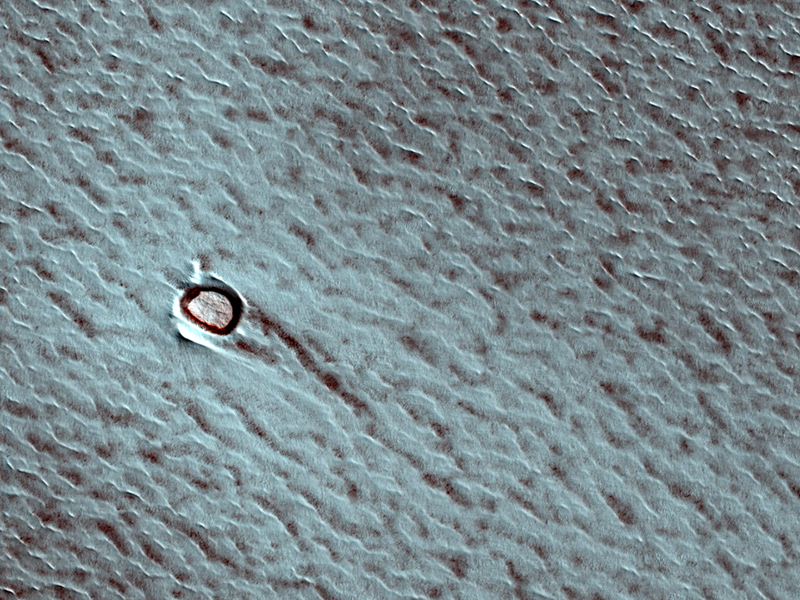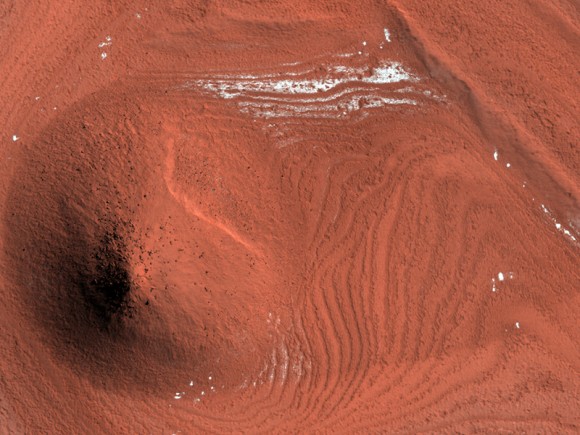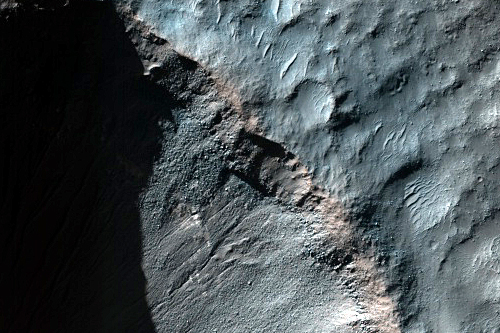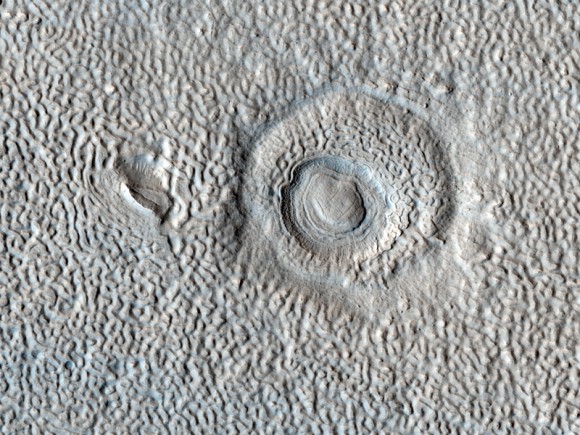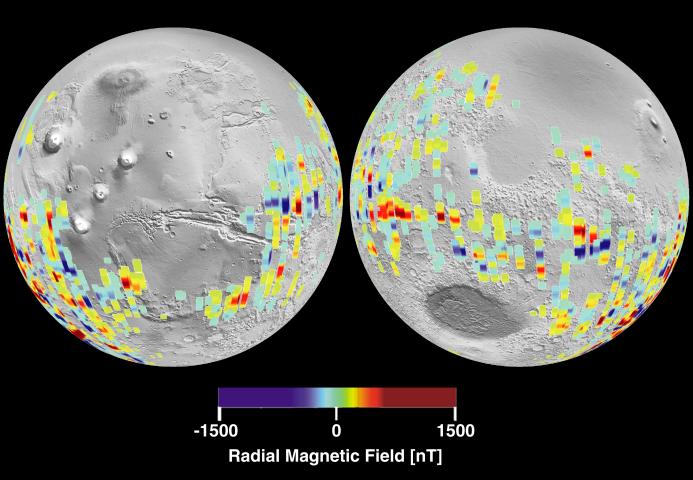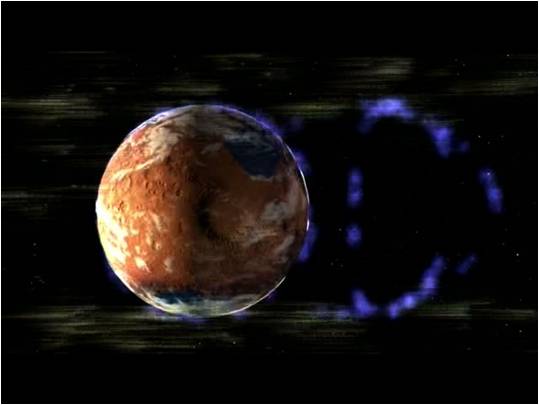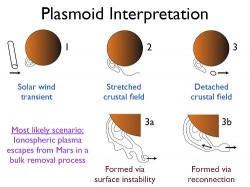[/caption]2008 has been an astounding year of scientific discovery. To celebrate this fact, Time Magazine has listed the “Top 10 Scientific Discoveries” where space exploration and physics dominate. Other disciplines are also listed; including zoology, microbiology, technology and biochemistry, but the number 1 slot goes to the most ambitious physics experiment of our time. Can you guess what it is? Also, of all our endeavours in space, can you pick out three that Time Magazine has singled out as being the most important?
As we approach the end of the year, ready to welcome in 2009, it is good to take stock and celebrate the mind-blowing achievements mankind has accomplished. Read on for the top 10 scientific discoveries of 2008…
The best thing about writing for a leading space news blog is that you gain wonderful overview to all our endeavours in astronomy, space flight, physics, politics (yes, space exploration has everything to do with politics), space commercialization and science in general. 2008 has been such a rich year for space exploration; we’ve landed probes on other worlds, studied other worlds orbiting distant stars, peered deep into the quantum world, learnt profound things about our own planet, developed cutting-edge instrumentation and redefined the human existence in the cosmos. We might not have all the answers (in fact, I think we are only just beginning to scratch the surface of our understanding of the Universe), but we have embarked on an enlightening journey on which we hope to build strong foundations for the next year of scientific discovery.
In an effort to assemble some of the most profound scientific endeavours of this year, Time Magazine has somehow narrowed the focus down to just 10 discoveries. Out of the ten, four are space and physics related, so here they are:
6. Brave New Worlds: First direct observations of exoplanets

Considering there have never been any direct observations of exoplanets before November 2008–although we have known about the presence of worlds orbiting other stars for many years via indirect methods–this has been a revolutionary year for exoplanet hunters.
4. China Soars into Space: First taikonaut carries out successful spacewalk

Despite early controversy surrounding recorded spaceship transmissions before the rocket had even launched, and then the sustained efforts by conspiracy theorists to convince the world that the whole thing was staged, mission commander Zhai Zhigang did indeed become the first ever Chinese citizen to carry out a spacewalk. Zhai spent 16 minutes outside of the capsule, attached by an umbilical cable, to triumphantly wave the Chinese flag and retrieve a test sample of solid lubricant attached to the outside of the module. His crew mate Liu Boming was also able to do some spacewalking.
Probably the most incredible thing about the first Chinese spacewalk wasn’t necessarily the spacewalk itself, it was the speed at which China managed to achieve this goal in such a short space of time. The first one-man mission into space was in 2003, the second in 2005, and the third was this year. Getting man into space is no easy task, to build an entire manned program in such a short space of time, from the ground-up, is an outstanding achievement.
2. The North Pole – of Mars: The Phoenix Mars Lander
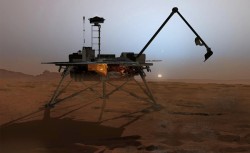
During the few weeks on Mars, Phoenix discovered water, studied atmospheric phenomena, plus it characterized the regolith to find it is more “soil-like” than we gave it credit for. However, Phoenix also discovered a chemical called perchlorate that could be hazardous to life on the Martian surface, but there is a flip-side to that coin; the chemical may provide energy for basic forms of life.
Like all good adventures there were twists and turns in Phoenix’s progress, with the odd conspiracy thrown in for good measure. Even during Phoenix’s sad, slow death, the lander had some surprises in store before it slowly slipped into a Sun-deprived, low energy coma.
To give the highly communicative lander the last word, MarsPhoenix on Twitter has recently announced: “Look who made Time Mag’s Top 10 list for Scientific Discoveries in 2008: http://tinyurl.com/5mwt2l”
1. Large Hadron Collider

Speaking of “capturing the hearts and minds” of the world, the Large Hadron Collider (LHC) has done just that, but not always in a positive way (although common sense seems to be winning). So, in the #1 spot of Time Magazine’s Top 10 Scientific Discoveries of 2008, the LHC is a clear winner.
In the run-up to the switch-on of the LHC in September, the world’s media focused its attention on the grandest physics experiment ever constructed. The LHC will ultimately probe deep into the world of subatomic particles to help to explain some of the fundamental questions of our Universe. Primarily, the LHC has been designed to hunt for the elusive Higgs boson, but the quest will influence many facets of science. From designing an ultra-fast method of data transmission to unfolding the theoretical microscopic dimensions curled up in space-time, the LHC is a diverse science, with applications we won’t fully appreciate for many years.
Unfortunately, as you may be wondering, the LHC hasn’t actually discovered anything yet, but the high-energy collisions of protons and other, larger subatomic particles, will revolutionize physics. I’d argue that the simple fact the multi-billion euro machine has been built is a discovery of how advanced our technological ability is becoming.
Although the first particles were circulated on that historic day on September 10th, we’ll have to wait for the first particle collisions to occur some time in the summer of 2009. Engineers are currently working hard to repair the estimated £14 million (~$20 million) damage caused by the “quench” that knocked out a number of superconducting electromagnets on September 19th.
For more, check out the Top 10 Scientific Discoveries in Time Magazine, there’s another six that aren’t related to space or physics



